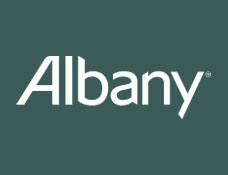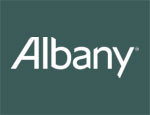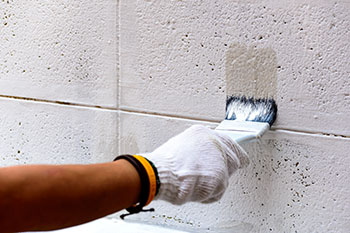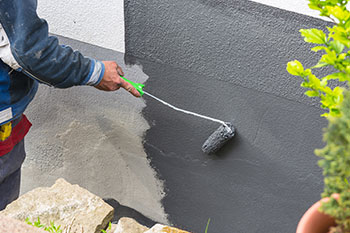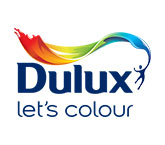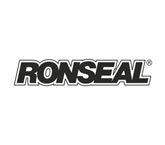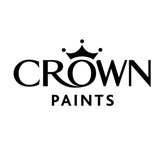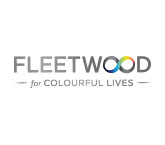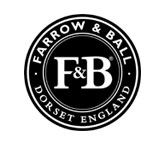- Do not apply paint coatings in wet weather or when air or substrate temperatures are likely to fall below 5°C during application and drying, or when rain or moisture attack are likely to occur before drying is complete.
- When solvent borne systems have to be applied to alkaline substrates, allow sufficient time for drying out in depth and then prime with an alkali resisting primer, e.g. Albany Primer Sealer.
- If the extent (if any) of organic growth is difficult to determine, then areas involved should be treated with fungicidal wash.
- Allow for sufficient materials, remembering that application to textured surfaces will result in lower spreading rates than over smooth surfaces.
Cement Rendering, Concrete, Blockwork, Brickwork, Stone.
These surfaces are mainly encountered as exterior wall surfaces and, when decoration is required, are normally coated with a masonry paint system. The more commonly experienced problems associated with such masonry substrates are high moisture content, high alkalinity, cracks and erosion. Albany masonry finishes are sufficiently permeable to allow substrates to ‘breathe’. They are alkali resisting, will fill hair cracks and combat erosion. Brickwork surfaces do not normally present painting problems, apart from Fletton common bricks, where painting is not recommended externally.
If an impervious solvent borne system is required, an alkali resisting primer should be first applied once the substrate has dried out. Where the substrates occur on interiors (notably blockwork) emulsion paints may generally be applied direct.
A general specification guide for painting these surfaces is given underneath.
A general specification guide for painting these surfaces is given underneath.
